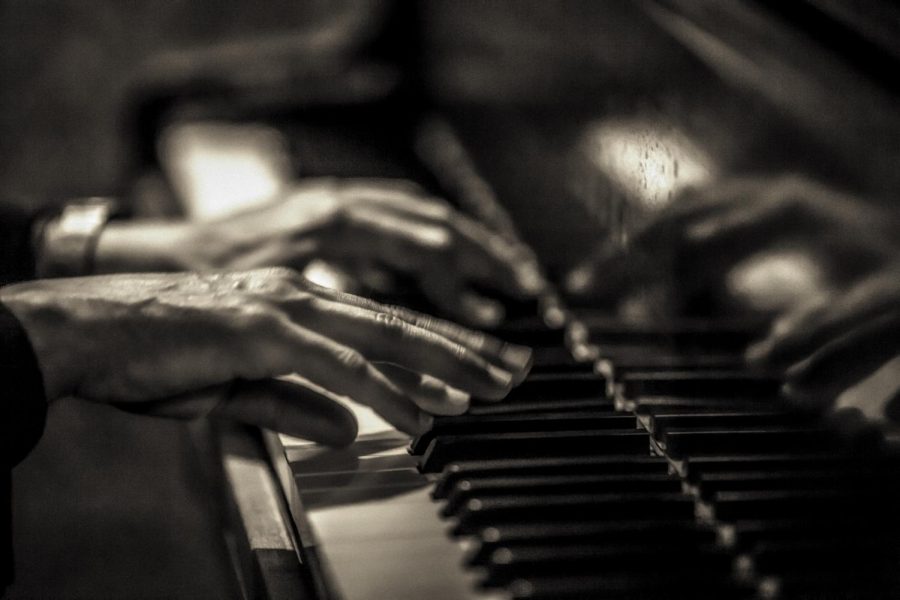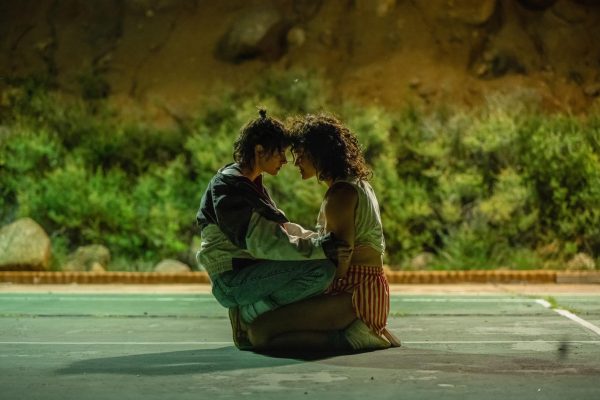Album revisit: ‘Monk’s Dream’
February 11, 2021
In March of 1963, the immaculate Thelonious Monk released “Monk’s Dream,” Monk’s first release on Columbia Records. Monk’s work as a jazz pianist is as impactful now as it was when he released noteworthy projects on a consistent basis. In a genre filled with groundbreaking Black musicians like Louis Armstrong, Miles Davis, Duke Ellington and John Coltrane, Monk fits that same mold of Black excellency throughout his career and especially on “Monk’s Dream.”
“Monk’s Dream” is a quartet effort with Monk on the piano, Charlie Rouse on the tenor saxophone, John Ore on the bass and Frankie Dunlop on the drums. As much as this release is the effort of four musicians, Monk and his counterparts compliment each other extremely well. Their efforts together make for some of the best material in their catalogues, making “Monk’s Dream” a delightful jazz record.
Track two, “Body and Soul,” is a Monk solo effort and one of the album’s major highlights. Monk’s outstanding talent on the piano takes over immediately as the track begins. Monk’s chord progression is mesmerizing. It’s so easy to get lost in Monk’s musicianship and “Body and Soul” is a perfect example why.
“Blue Bolivar Blues – Take 2” is Monk and Rouse stealing the show. Monk opens up the track with a building motif, and then Rouse storms onto the track to replicate that same passage with the tenor saxophone. It’s one of the album’s finest moments.
The following track, “Just a Gigolo,” is another solo effort from Monk, and a somber one at that. “Just a Gigolo” is filled with emotion that the listener can really feel. It’s reminiscent of the beauty a person can find in their melancholy.
“Bye-Ya” contains some of, if not the most charismatic performances on the album. Rouse commands the first half of the track, and his tenor saxophone performance in it is lovely. Towards the middle of the track, Monk goes back and forth exchanging passages with Ore and Dunlop on the bass and drums, and it’s insanely exciting.
There isn’t a dull track on “Monk’s Dream.” The quartet does a brilliant job at making old tracks feel fresh and lively. This is an exceptional jazz record with remarkable performances across the board, featuring Monk at the helm.














